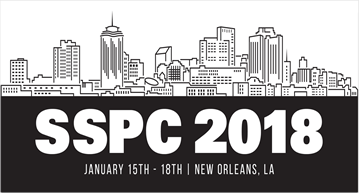Search
Products tagged with 'coating selection'
View as
Sort by
Display
per page
That Sounds Great, but How Long Will it Last?
Product Number:
51219-220-SG
Publication Date:
2019
$20.00
The Caruthersville Bridge: Challenges of a Calcium Sulfonate Alkyd System
Product Number:
41210-572-SG
Publication Date:
2010
$20.00
The Color of History: When the Brooklyn Bridge is Your Canvas
Product Number:
41215-937-SG
Publication Date:
2015
$20.00
The History of Protective Coating Use in- US Nuclear Power Plant
Product Number:
51218-165-SG
Publication Date:
2018
$20.00
Traffic Bearing Coating Systems in the Parking Structure Market
Product Number:
41216-979-SG
Publication Date:
2016
$20.00
Understanding the True Meaning of Green for the Wastewater Industry
Product Number:
41211-588-SG
Publication Date:
2011
$20.00
Unique Application of an Epoxy Repair Gel to Eliminate Draft Tube Surface Wear and Cavitation, potentially Improving Turbine Power Generation Efficiency
Product Number:
41216-976-SG
Publication Date:
2016
$20.00
Use of Paint 44/Guide 22, Standards, Training and Certification in the Wastewater Industry
Product Number:
51217-058-SG
Publication Date:
2017
$20.00
What is Needed for Bridge Coating to Last 100 Years (or More)
Product Number:
41209-490-SG
Publication Date:
2009
$20.00









